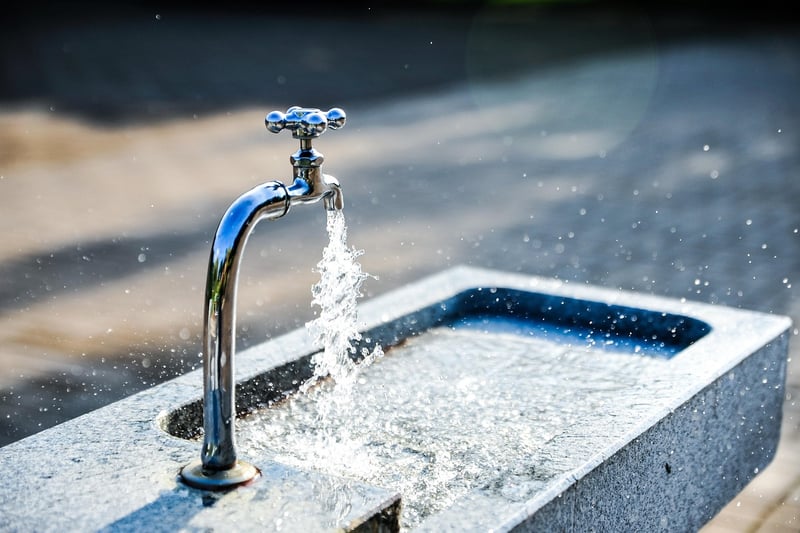Rainwater Harvesting
Eco-Friendly Practices: Rainwater Harvesting
Welcome to our guide on eco-friendly practices, with a focus on rainwater harvesting. In today's world, it's more important than ever to adopt sustainable habits to protect our environment. One such practice is rainwater harvesting, which not only conserves water but also helps reduce your carbon footprint. Let's explore the benefits and how you can implement rainwater harvesting in your daily life.
Benefits of Rainwater Harvesting:
- Conserves Water: Rainwater harvesting reduces the demand on mains water supply, especially in areas facing water scarcity.
- Reduces Flooding: By capturing rainwater, you can prevent excess runoff that can lead to flooding in urban areas.
- Cost-Effective: Utilizing rainwater for non-potable uses like watering plants and flushing toilets can lower your utility bills.
- Promotes Self-Sufficiency: Harvesting rainwater empowers individuals to be less reliant on external water sources.
- Supports Biodiversity: Using rainwater in your garden can help sustain local flora and fauna.
How to Harvest Rainwater:
- Install a Rain Barrel: Place a rain barrel under your gutter downspout to collect rainwater from the roof.
- Direct Water to Plants: Use a simple hose attachment to direct rainwater from the barrel to your garden or plants.
- Implement a Rain Garden: Create a rain garden with native plants that can absorb excess rainwater and improve drainage.
- Consider a Larger System: For more extensive harvesting, explore options like underground tanks or cisterns.
Get Started Today:
Ready to embrace rainwater harvesting? Check out the image below for inspiration:

Start small by setting up a rain barrel in your backyard or balcony. Every drop counts when it comes to conserving water and protecting our planet. Join the eco-friendly movement today!
For more information on rainwater harvesting and other sustainable practices, visit EPA's Green Infrastructure page.
